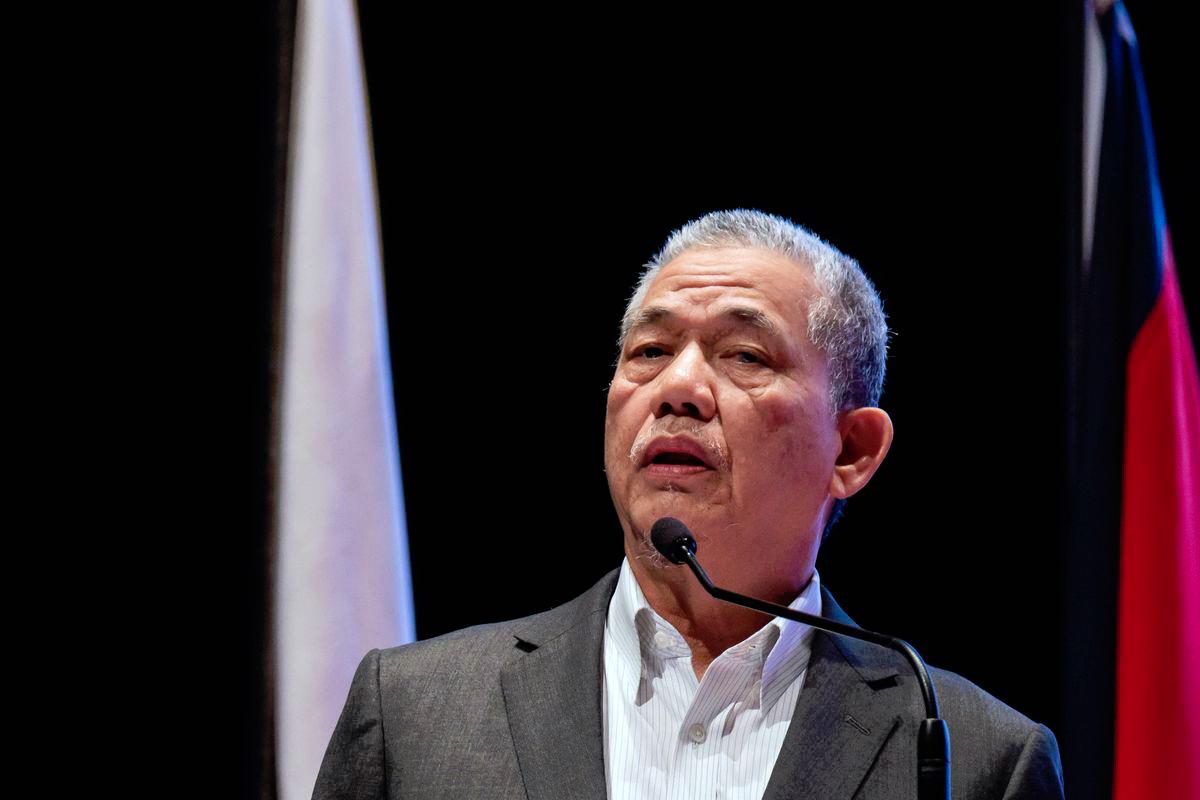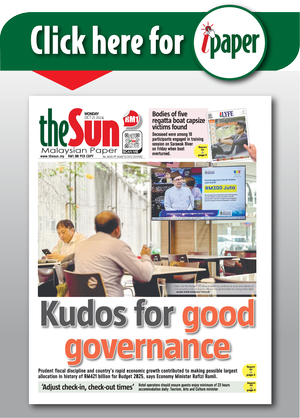KUALA LUMPUR: The 43rd ASEAN Ministers on Energy Meeting highlighted ASEAN’s ongoing progress towards building a connected energy future.
Deputy Prime Minister Datuk Seri Fadillah Yusof said the Laos-Thailand-Malaysia-Singapore Power Integration Project is recognised as a key success story.
He stated that the project serves as a model for future regional energy cooperation and demonstrates ASEAN’s efforts to strengthen energy connectivity, security, and sustainability.
“One of the previews to the ASEAN Power Grid is LTMS, which facilitates cross-border energy exports between countries,” he told reporters at the closing press conference.
Fadillah, who is also the Energy Transition and Water Transformation Minister, added that the project has made significant progress.
He confirmed that Thailand is expected to formalise its participation in the project soon.
“Yesterday, during the meeting, it was agreed that Thailand has submitted a document confirming their intention to sign the agreement, which is expected to happen by November,” he said.
Fadillah noted there has been a delay due to changes in the Thai government but expressed hope that the agreement will be concluded by November.
He also said that the LTMS project provides a viable business model that could be expanded to other ASEAN countries.
“This business model can be scaled to all ASEAN nations within the APG framework,” he explained.
Fadillah emphasised that many people currently see Laos as the sole energy supplier to Singapore.
He highlighted the critical aspects of the ASEAN Power Grid as ensuring security of supply, sustainability, and affordability of energy.
“This is where each country in ASEAN will assist one another,” he stated.
Fadillah further elaborated that the cross-border electricity trading arrangement allows ASEAN members to support each other during times of peak demand or low generation.
“There are instances when Laos may not be able to supply energy to Singapore because, during winter, their hydro plants may not operate at full capacity,” he said.
He explained that at such times, Malaysia may provide additional electricity to Singapore.
“Similarly, when Malaysia faces a shortage, it can draw energy from Singapore or Thailand,” he added.
Fadillah concluded by saying this mutual support system demonstrates how ASEAN countries collaborate in the energy sector. – Bernama









